-
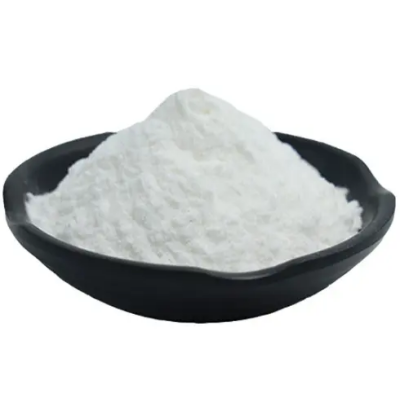
Sodium Gluconate CAS:527-07-1
Sodium Gluconate is a sodium salt of gluconic acid, commonly used in various industries, including food, pharmaceuticals, and construction. It is valued for its chelating and sequestering properties, as well as its biodegradability and non-toxic nature.
-
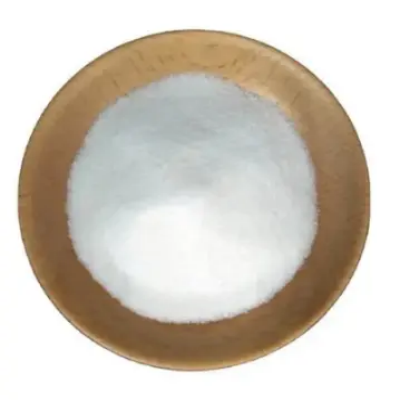
Prezatide Copper acetate CAS:130120-57-9
Prezatide Copper Acetate is a compound comprising the peptide Prezatide and copper acetate. With its unique composition, this compound has garnered attention for its potential applications in skincare and wound healing. Research suggests that it may possess properties beneficial to skin health and recovery, making it an area of interest in the formulation of skincare and medical products.
-
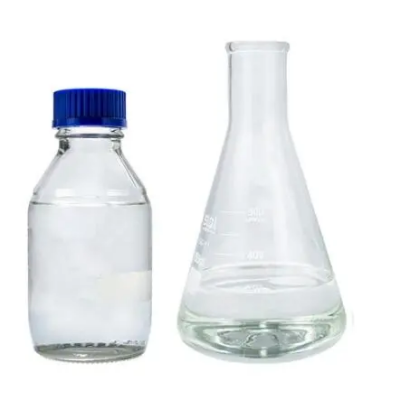
Polyquaternium-28 CAS:131954-48-8
Polyquaternium-28 is a cationic polymer used in personal care products for its conditioning and film-forming properties. It is commonly found in hair care products such as shampoos, conditioners, and styling products.
-
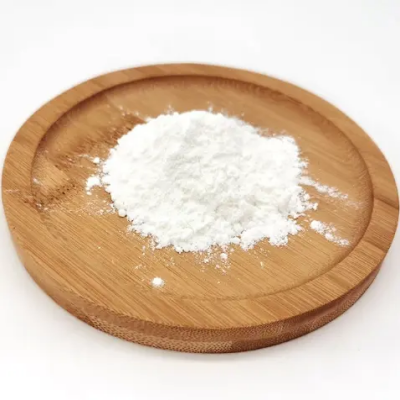
Palmitoyl Pentapeptide-3 CAS:214047-00-4
Palmitoyl Pentapeptide-3, also known as Matrixyl, is a synthetic peptide composed of five amino acids linked to a fatty acid. With a molecular weight of approximately 850.04, it is recognized for its potential skin-renewing properties. This ingredient has been extensively studied for its purported role in promoting collagen synthesis and addressing signs of aging, making it a highly sought-after component in skincare formulations.
-
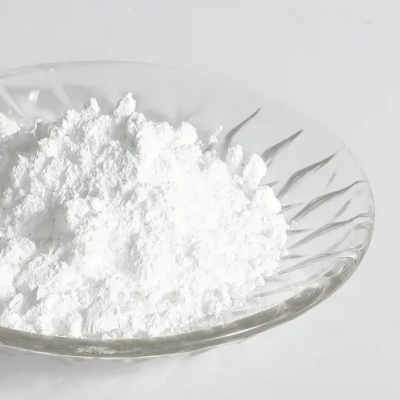
Palmitoyl Pentapeptide CAS:214047-00-4
Palmitoyl Pentapeptide, a synthetic peptide composed of five amino acids linked to a fatty acid, is known for its potential skin-renewing properties. With a molecular weight of approximately 850.04, this ingredient has been investigated for its purported ability to promote collagen synthesis and aid in skin rejuvenation, making it a sought-after component in skincare formulations.
-
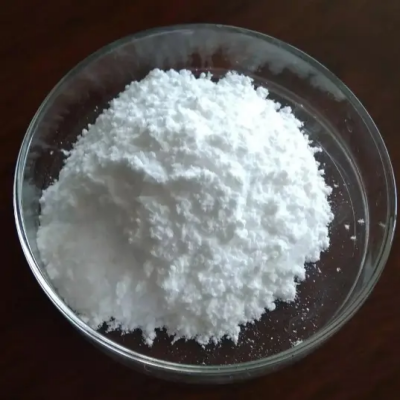
Palmitoyl Pentapeptide -4 CAS:214047-00-4
Palmitoyl Pentapeptide-4, also known as Matrixyl, is a synthetic peptide consisting of five amino acids linked to a fatty acid. With a molecular weight of approximately 850.04, it’s recognized for its potential skin-renewing properties. This ingredient has been studied for its alleged role in promoting collagen synthesis and addressing signs of aging, making it a sought-after component in skincare formulations.
-

Palmitoyl Oligopeptide-1 CAS:147732-56-7
Palmitoyl Oligopeptide-1 is a synthetic peptide comprising fatty acids and amino acids. With a molecular weight of 850.04, it is known for its potential skin-renewing properties. This ingredient has been studied for its purported role in promoting collagen synthesis and may contribute to skin rejuvenation, making it a sought-after component in skincare formulations.
-
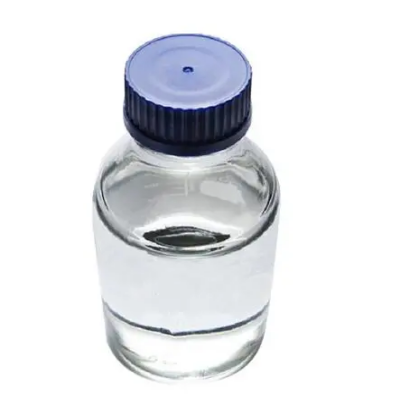
L(+)-Lactic acid CAS:79-33-4
L(+)-Lactic acid is a naturally occurring organic acid that is commonly found in various foods and beverages. It is also produced synthetically for use in a wide range of applications. L(+)-Lactic acid is widely used in the food and beverage industry as an acidulant, flavoring agent, and pH regulator. It is also utilized in the pharmaceutical and cosmetic industries for its properties as a pH adjuster, exfoliant, and moisturizing agent.
-
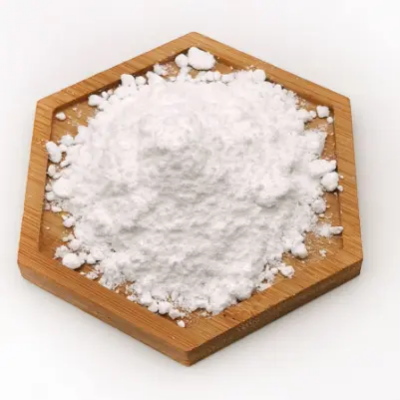
Hexamidine Diisethionate CAS:659-40-5
Hexamidine Diisethionate is a compound used in various skincare and cosmetic formulations. It is recognized for its potential antiseptic and antimicrobial properties, making it a valuable ingredient in products targeted at maintaining skin health and addressing specific skin conditions.
-
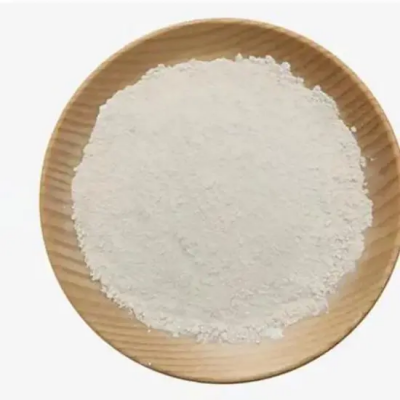
Glycyl-l-histidyl-l-lysine CAS:49557-75-7
Glycyl-l-histidyl-l-lysine, also known as GHK, is a tripeptide composed of glycine, histidine, and lysine. With a molecular weight of 340.42, it is recognized for its potential skin-renewing properties. GHK has been studied for its purported role in promoting wound healing and tissue repair, making it a sought-after ingredient in skincare formulations aimed at supporting skin regeneration and rejuvenation.
-
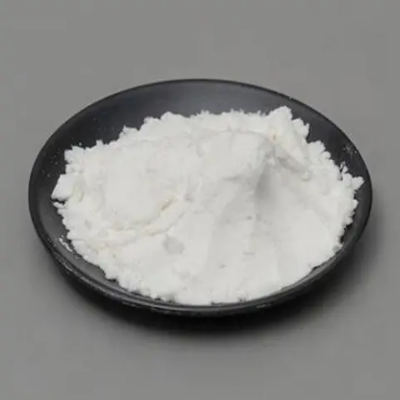
Dihydroavenanthramide D CAS:697235-49-7
Dihydroavenanthramide D is a compound derived from oats, recognized for its potential biological activities and applications in the fields of skincare and dermatology.
-
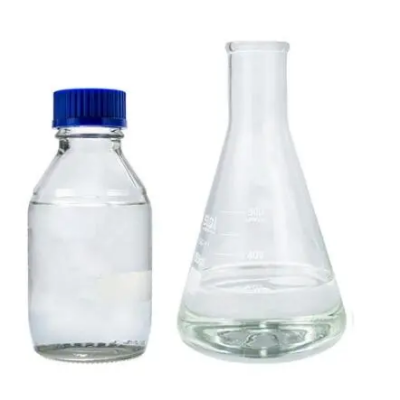
Diethylene Glycol Monoethyl Ether CAS:111-90-0
Diethylene Glycol Monoethyl Ether, also known as ethoxydiglycol, is a clear, colorless liquid with a mild odor. It is commonly used as a solvent in various industrial and household products due to its excellent solvency and low volatility. Ethoxydiglycol is also utilized as a coupling agent and a coalescing agent in the formulation of paints, inks, and coatings, as well as in the production of cleaning agents and personal care products.

